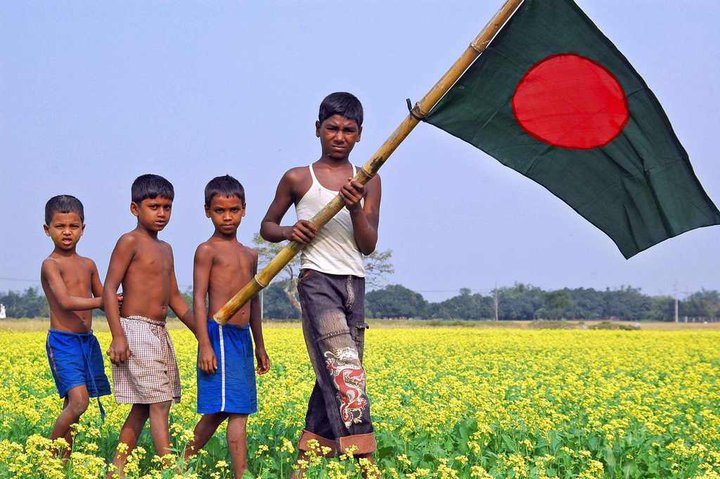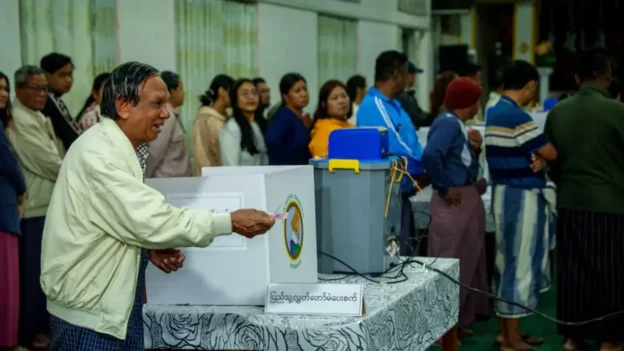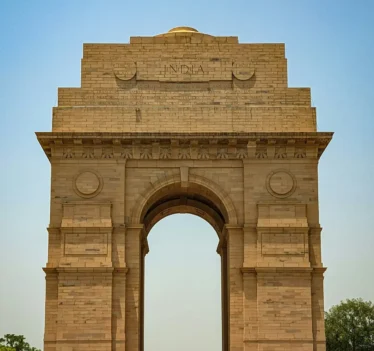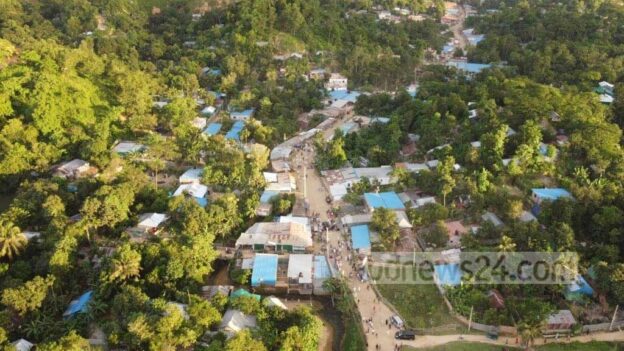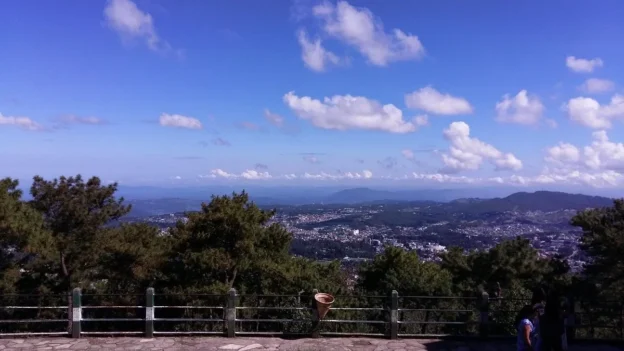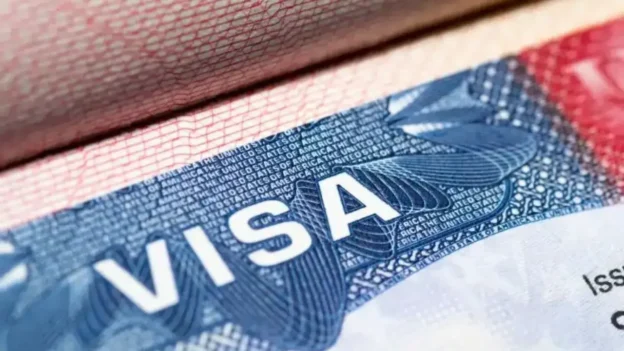Bangladesh being a neighbor bordering India’s north east, the recent political development in the country have raised concerns in region, particularly in Assam. Northeast India shares almost two thousand kilometers of its international border with Bangladesh, with a large part of it being porous. The modern Bangladesh (previously East Pakistan) was not only formed comprising Muslim majority areas of historical Bengal – out of the two nation theory – but it was also formed by dividing or including many historical ethnic settlements or homelands of indigenous communities like Koch, Garo, Chakma etc. Several ethnic groups in Bangladesh are termed as “Trans-national’ communities who live as indigenous communities in both Bangladesh and North Eastern part of India. These communities along with the Hindus form the minority community in Bangladesh. Unfortunately, these communities have not felt secure and safe in Bangladesh since its inception. The recent political development too has opened new ways to harass the minorities communities of Bangladesh. Whenever, anything political happens in Bangladesh, it is the minorities who are mostly targeted by radical groups, who make up the majority, besides dominating Bangladesh’s socio-politics.
After a gap of many years, taking advantage of the anarchy followed by former Prime Minister Sheikh Hasina’s fall following the student movement, radical group have come down heavily on the minorities. Unfortunately, to mark the celebration of the victory of the student’s movement, minorities were subjected to violent torture-including murder, burning of houses, land-grabbing and even gang rapes of women. This is probably why during my second visit to Bangladesh in 2014, Dr. Ray, a Koch (Rajbanshi) professor from Rangpur told me, ‘For us, every year is 71, and every day is partition’. It took me years to understand the essence of the statement and only in this i.e. 2024 I got a clear picture of the statement. The year 2024 is no less than 1971 and every day after Hasina’s ouster is day of partition for the minorities in terms of recreating memories of atrocities. When I communicated with Dr. Ray this time, he informed me that they had to leave their village for security of their lives. He also verified the truth related to incidences of looting, burning and killing that we came to know from the news media.
Interestingly, walls of major cities in Bangladesh were painted by students with romantic revolutionary graffiti to celebrate the new independence of the country. But these graffiti were not enough to hide the colour of blood of the minority Hindus and tribals who faced atrocities during the celebration. Ironically, the atrocities continued parallel to the artistic celebration of the student movement of new “independent” Bangladesh.
The terror is still not over and the atrocities have become organised in operation. It is also not limited to people of different beliefs (political or religious); even elderly persons have been forced to dance half naked in the streets due to political differences. There are also attempts to erase the Bengali wall writings with Arabic. As a reaction to such activities, renowned Bangladeshi writer Taslima Nasrin commented on social media, “Persecution against people of different faiths has started across the country. Fascism has been replaced by another form of fascism.” Maybe that is why there are attacks on even Majhar and Sufi saints.
Bangladesh has never been an easy country for minorities and their lives there are far more challenging that what some progressive section of India might believe. The constant pressure on Muslims in India due to the Hindutva politics has been an excuse by this group to overlook the continuing Islamic radicalism in Bangladesh. Lives of Hindus and tribal minorities in Bangladesh never been without fear and we need to accept this.
We have seen in the socio-political history of the Indian subcontinent that there had been constant tendency among the majority groups with power to suppress the minorities, especially in the name of democracy and taking advantage of constructional loopholes. Even in the Northeastern state of Meghalaya, the tribes known as ‘minority tribes’ do not enjoy equal rights like the majority tribes of the state i.e. Khasis, Jaintias and Garos. The Bodoland Territorial Region (BTR) is no exception in this regard. Hence, we can still maintain our liberal identities and ideologies while talking about atrocities on Hindus by Muslims.
With a new Bangladesh, a new narrative has emerged. In this new narrative, many voices have to be silenced to project an image of a progressive looking Bangladesh. Therefore, the new generation of the new Bangladesh is celebrating Independence this time with graffiti depicting inspiring stories from the student movement. Major cities of Bangladesh are brightened with colorful murals. In this spirit, Chakma artists have also painted images of human rights activist Kalpana Chakma, who disappeared in 1996. But these images on the walls have been repeatedly removed by the mainstream artist depicting it as the old Bangladesh. The new Bangladesh does not want to talk about Kalpana Chakma. In other words, whatever has happened and happening with the minorities, that should not be reflected in the art form. Even, the Bangladeshi army is using physical force to prevent tribal artists from making graffiti about their rights. Because when you ask about Kalpana Chakma, the Hills in Bangladesh will rise (‘Jege Uthabe Pahar’), as stated by Bangladeshi Musician Shayan (Farzana Wahid).
As the new Bangladesh did not bring any changes and hope for the indigenous minorities in Bangladesh, a worried, frustrated but still brave Mithun Raksam, a prominent Garo poet and Social activist in Bangladesh writes, ‘you can destroy temples, destroy the churches, but how will destroy our faith? You can break our hands, break our legs, but how will break our mind (Translated from Bengali)?’ This year, the tribal and religious minorities of Bangladesh have dared to resist, albeit they were less in strength, but not in courage. In this backdrop ‘Desh ta Tomar Baper Naki (is this country a property of your Father)’ has become a popular slogan of the minorities in Bangladesh,
It is true that the educated youth of Bangladesh, at least a section of them want a modern and secular Bangladesh and recognises financial security and unemployment as main problems of the youth. In 2010, during my first visit to Bangladesh, I had the opportunity to interact with a group of young Bangladeshi of poets and writers in Dhaka including Garo poet Mithuan Raksam, about whom I have already mentioned. Their conflict is not with the minorities, but with conflicting ideas within their own society.
Unfortunately, these groups are not strong enough to overpower the radical section and influence a larger section of the Bangladeshi society. Their ideas remain bounded within the artistic expression.
It is worth noting that Bangladesh, like West Bengal, displays the same hegemonic pressure of Bengali nationalism on indigenous communities wishing everyone become part of ‘Bengali Jati’ within both the regions. In the case of Bangladesh, the wish is to see every Bangladeshi citizen as ‘Bengali Muslim’ and not as Bangladeshi Chakma, Garo, Tripuri or Koch. These communities hardly enjoy any constitutional safeguards and rights in Bangladesh.
Whether the new Bangladesh can provide security to them is a million dollar question. Recently tribal organisations in Bangladesh have been asked to apply for permission from the military authority for painting graffiti. Minorities are being pressured to resign from their jobs, particularly from leading positions in educational institutes. Hence, only time will tell how independent this new Bangladesh is for the religious minorities and indigenous communities. The gap between what Muhammad Yunus, Chief Advisor to interim government of Bangladesh, says and what is being executed is huge. There is hardly any hope that this gap will be reduced, as Islamic aspirations continue to grow stronger with time in Bangladesh.

